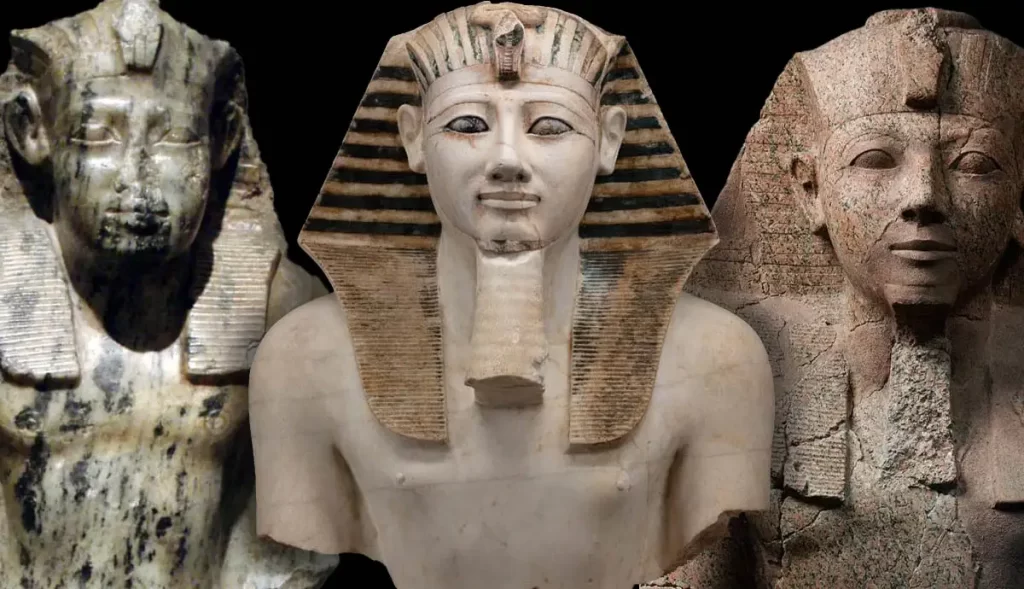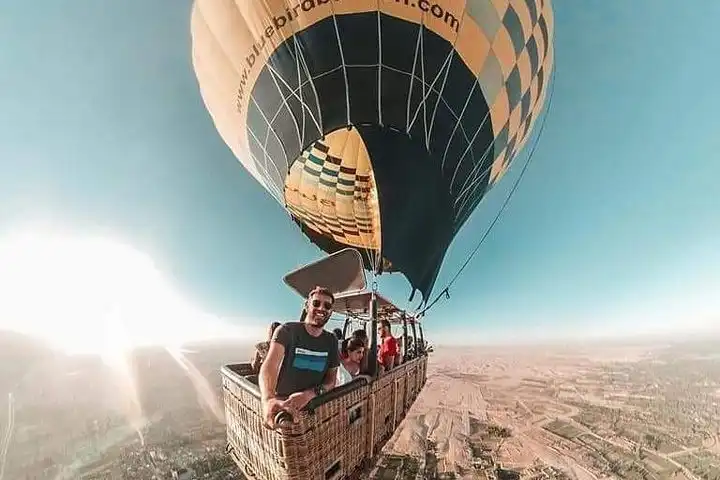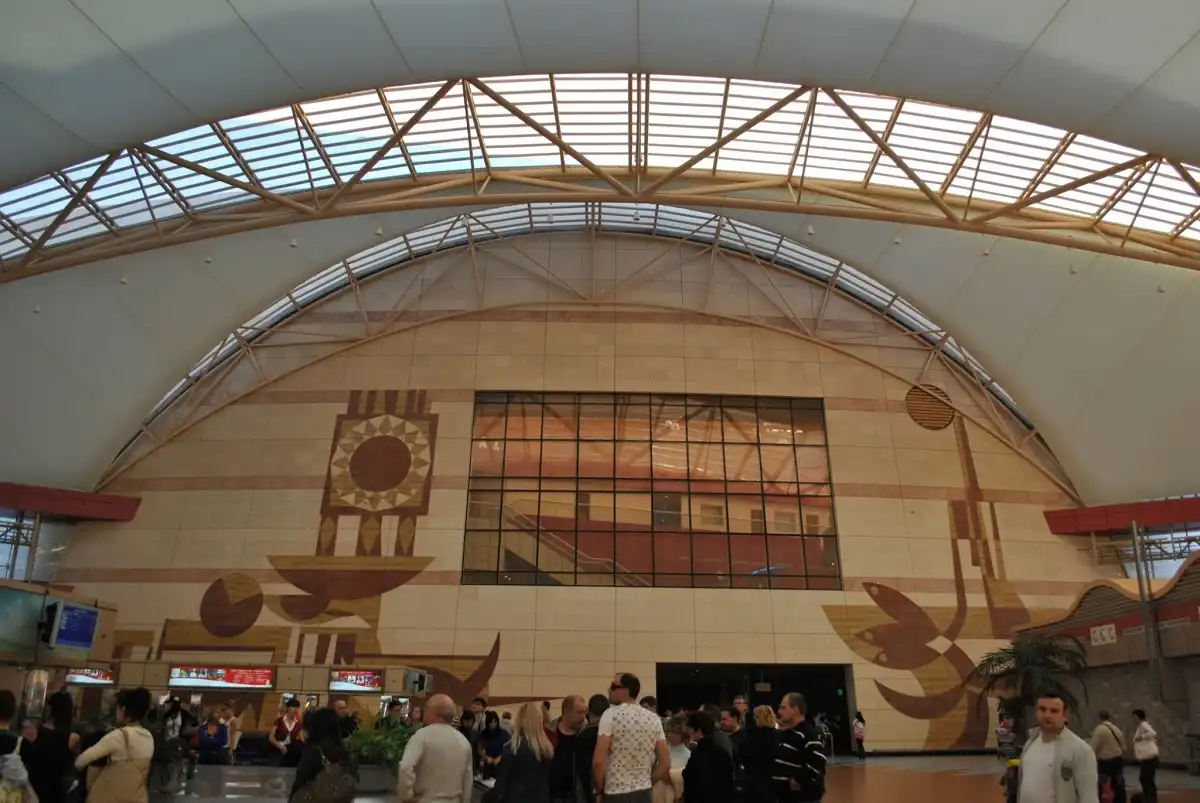
Top Ten Fascinating Facts about Pharaohs
[ez-toc]
1-The Term “Pharaoh” Was Not Used Until 1200 B.C.
Interestingly, the term “Pharaoh” didn’t relate to any kings until the establishment of the New Kingdom in Egypt, despite being regarded as a popular moniker for the monarchs of the ancient Egyptian culture (1570-1070 B.C.E). The term “The Great House” or “High House” originally referred to a royal palace or a sacred court. The phrase “Pharaoh, all Life, Prosperity, and Health,” was first used in a letter to Amenhotep IV in the middle of the eighteenth dynasty (1550–1292 B.C.). It was then used once more to allude to king Merneptah in 1200 B.C. It has a Greek origin. Over time, the name king came to be used interchangeably with the term “Pharaoh,” which originally solely applied to the king’s palace (Newt). Pharaoh generally referred to the male king, though Hatshepsut and other female queens were occasionally included.
2-Long and Hard Training Was Required to Become a Pharaoh
The pharaoh, who served as the earthly embodiment of the gods, as well as the supreme commander of the entire army, was the most powerful person in Ancient Egypt’s history. The young Pharaoh would become his co-regent and undergo rigorous training to demonstrate his suitability for this role. The son of the pharaoh would inherit his realm to rule over all of the aforementioned. It was expected of any pharaoh to lead and fight at the head of his army, therefore all training would centre on developing physical strength and endurance through long-distance jogging. It would also involve learning to break and tame wild horses and going on hunting expeditions. The young pharaoh would learn the art of warfare, all the military tactics, and politics to win any battle.
3-Only a Pharaoh was allowed to make an Offering to the Gods
The pharaohs were revered as the god’s high priests and representatives of his authority on Earth. By providing daily offerings to the gods in order to appease them, they carried out their duty. Only the Kings were permitted to enter the temple, which was thought to be home to the gods’ actual spirits, and interact with them. The pharaohs would receive immense protection power and complete happiness by performing this rite.
4-Pharaohs Were Depicted with a Beard
The pharaohs were always shown with beards, although in this instance, the beard was probably false because the majority of males in ancient Egypt were clean-shaven. Therefore, the majority of the beards were braided tightly. Even female Queens like Hatshepsut, who was portrayed sporting a false beard, followed this tradition. They thought that everyone would be more in tune with the gods if they had a beard.
5-The Pharaoh had the Greatest Power in Ancient Egypt
The pharaoh was considered to be a creature of divine immortality and was the political and religious head of Egypt, bearing titles such as “High Priest” and “Lord of the Two Lands.” He established all laws, maintained the status quo, amassed all lands, gathered taxes, brought about justice and balance within the lands, and shielded Egypt from foreign invaders. Since they were in charge of building temples and shrines where people may worship the gods in hopes of receiving protection, good health, and long life, they were seen as God’s power on earth.
6-The Pharaoh Wore Nemes Crown
The Nemesis, a striped head covering that reaches the nape of the neck and is worn by the pharaoh, is topped with an upright cobra called the Uraeus, which represents the pharaoh’s divine might. The pharaoh was ready to swat his foes with lethal poison if he felt threatened, and the Uraeus, a symbol of the ancient Egyptian goddess Wadjet, was a sign of that readiness. It was also frequently used in conjunction with the crook and the fail, illustrating the pharaoh’s function as the nation’s supplier of food and well-being.
7-Pharaohs Were Always Depicted Young and Beautiful Even If They Were Old and Fat
The pharaohs were revered as divine beings of unsurpassed perfection. Because of this, they were consistently portrayed as a symbol of beauty, even if this was not the case in reality. In order to reach the pinnacle of artistic expression and the height of beauty, the ancient Egyptians sought to become holy beings.
8-Pharaoh was the Human Form of the Sky God Horus
Due to his all-seeing eye, the sky deity Horus has also been praised as a superb fighter and the best protector. According to his tale, after slaying his father Osiris and establishing law and order in the land, he was able to defeat his evil uncle Seth. Many Pharaohs held the belief that they were the human embodiment of Horus, a sign of victory, and that when they died, their bodies would transform into Osiris, the god of the underworld. These all demonstrate how important religion and mythology were in their lives.
9-All Pharaohs Wore Makeup
In order to diminish light reflection, ancient Egyptians frequently painted the area around their eyes with black kohl, a metal-bearing mineral. They think that by giving their eyes kohl liner, they may create the almond-shaped eyes of the god Horus. They will be shielded from eye illnesses and evil spirits by doing this. Pharaohs wore Khol on their eyelashes and eyebrows, and so did men and women. They favoured using blue and green eye shadow.
10-Pharaohs Spent Their Reigns Preparing for Their Death
They constructed several burial customs and tombs to match their legacy and serve as their homes in the afterlife, demonstrating how important the notions of death and the afterlife were to their way of life. They had the belief that there is life after death, so they filled their tombs with everything they would need if they came back to life and travelled to the underworld with Anubis to be judged by Osiris. Many of the kings and queens who believed in the resurrection and judgement are found in the Valley of the Kings.



